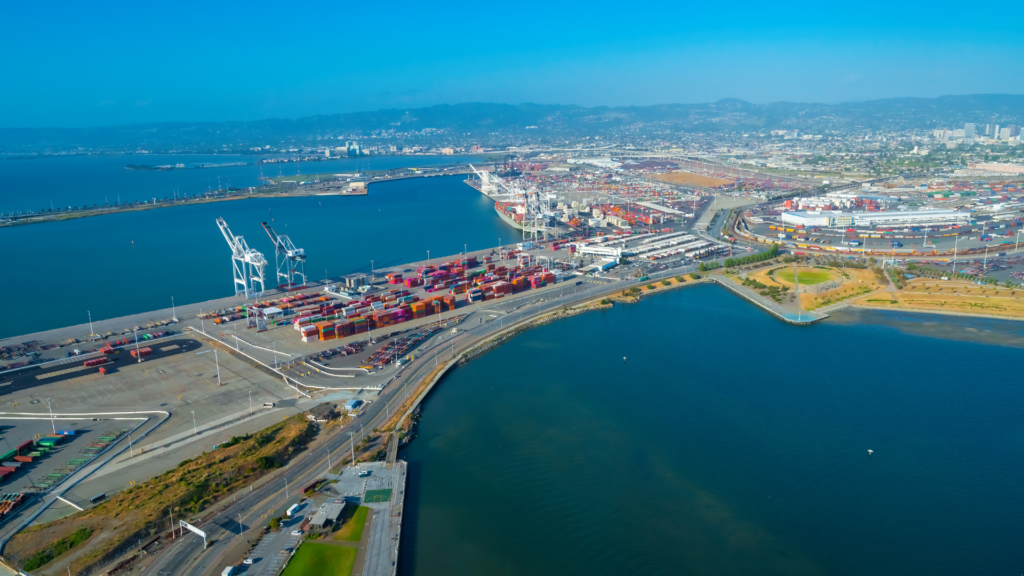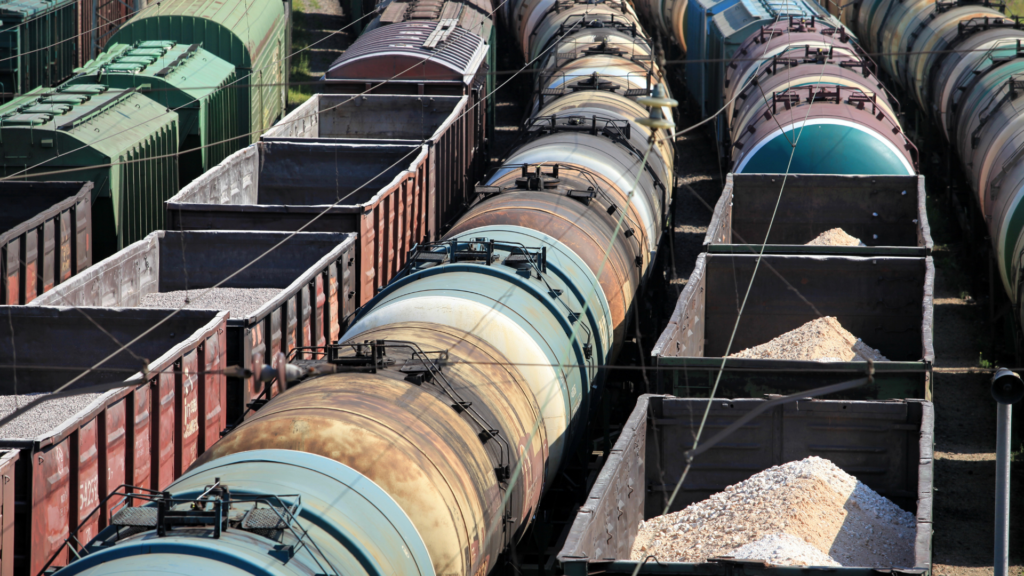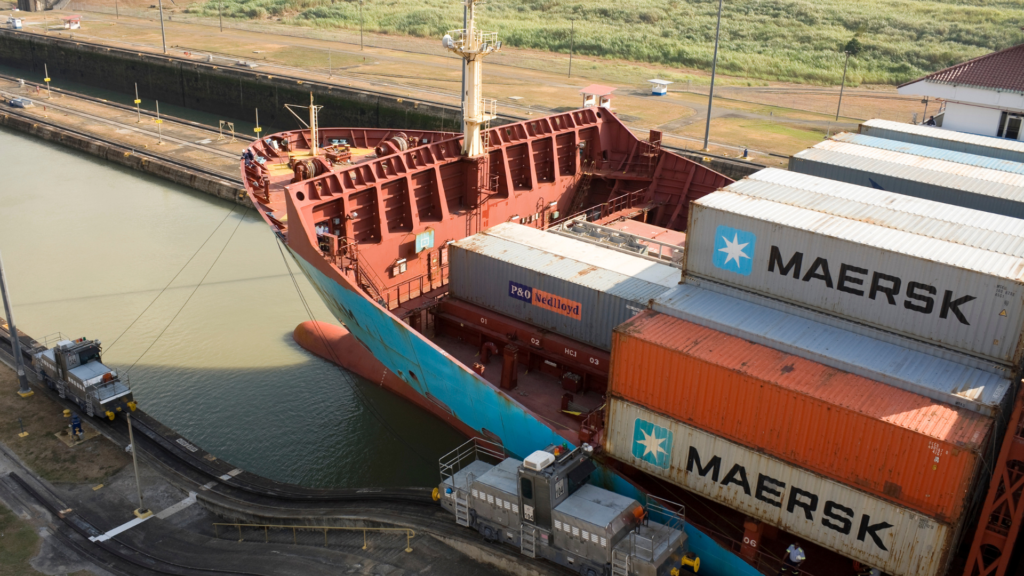Irreconcilable Issues
Ships are being diverted to the East and Gulf coast ports or Canada as the never-ending negotiations for the West Coast longshore labor stalls time and again.
The primary holdup which has caused months of delays and may soon spill over into the new year seems to be regarding jurisdiction issues. It boils down to a simple question: which of the two unions, dockworkers or machinists, gets to represent certain waterfront workers, and more importantly, how will that be determined?
Neither party is backing down and no solution has been accepted thus far. Some parties believe federal assistance is required.
The bigger question is really whether this is an issue to be resolved between unions or between the labor unions and the Pacific Maritime Association.
The risk of West Coast port disruption will only grow as time passes. So as talks drag on, cargo will continue to get diverted elsewhere, and some of it will possibly be permanent causing monetary losses for the West Coast ports.
Solidifying Diversions
Meanwhile, marine clerks at the Port of Oakland took the day off to protest travel pay for dockworkers who come from outlying locations. Operations halted in three out of the four of Oakland’s container terminals.
This only solidifies why many are choosing to divert as much cargo as possible to the East and Gulf coasts. A non-vessel-operating common carrier (NVO) said clients are absolutely fed up with all the slowdowns that have happened every time there was a longshore contract negotiation in progress over the last 20 years.
“Fool me once, shame on you. Fool me eight times, shame on me,” the NVO said.
Natural Consenquences
Unsurprisingly, the loss in volume is causing shift cancelations in Oakland.
“This cargo fall-off has continued for a couple of months. We have shut gates ad hoc and we will continue to shut gates,” one terminal operator said.
With the decline in cargo every contract year, the ILWU and PMA negotiators should be doing whatever it takes to finalize contracts or more cargo will be permanently diverted elsewhere.
“I hope that both parties now realize that dragging their feet is not helpful to either. They’re in this together,” a mid-size retailer said.
Cherry on the Top
Retailers ordered their merchandise much earlier this year to avoid delays. Warehouses, particularly in Southern California, have been filled to the brim for most of the year. It’s now evident that too much has been ordered which is, ironically, causing supply chain delays. To avoid bottlenecks on the West Coast, you guessed it, retailers are choosing to reroute the cargo to the East and Gulf coasts.
The Ports of NY/NJ have outpaced the LA/LB ports for the second month in a row.
"There are no indications that this level of cargo, compared to what it has been in the past, is going to be reduced," said Rick Cotton, executive director for the Port of New York and New Jersey. "The big picture is we expect the record levels of cargo to continue."
Norfolk Southern is now offering a service for grain export through the Port of New York that connects soybean and corn farmers to this gateway. As peak season approaches and volume grows, the NS will be adding more rail options between the ports and inland.
Escalating Fear
About two-thirds of the cargo from the West Coast relies on intermodal rail for shipping the containers out east. Many are choosing to avoid the West Coast ports while the rail union labor negotiations have been dragging out with no end in sight.
Business groups are growing wary that there will be a nationwide rail strike. Back in September, multiple unions turned down a Biden-negotiated deal. Hundreds of state, local and federal trade associations sent a letter to Biden urging him to continue working closely to rectify the situation.
"Retailers, along with the greater business community, remain concerned about the ratification of the tentative agreement negotiated by the administration, rail labor unions and railroads. With ongoing supply chain disruptions, the last thing we can afford to have is a total shutdown of the freight rail system," said Jon Gold, vice president of supply chain and customs policy at the National Retail Federation. "A rail strike would not only further exacerbate the ongoing issues facing the freight rail system but would be detrimental to the economy and lead to further inflation."
Given the uncertainty of the matter, many customers are considering transporting their containerized cargo via long-haul truckloads as a contingency plan to avoid disruptions if there were to be a strike.
Maersk Achieves Record Quarter While Warning of Recessionary Signals
Maersk cautioned of increasingly challenging times ahead for the shipping industry reporting that its volumes were off in the latest quarter and that is clear that freight rates have peaked. Seen as a bellwether for global trade and the economy, Maersk’s latest quarterly financial report added to the growing fears for a global recession.
”Our third quarter result was another record and the 16th quarter in a row with year-on-year earnings growth. Ocean freight rates, which have driven the exceptional results we have delivered in 2022, were again up both year-on-year and compared to the second quarter. However, it is clear that freight rates have peaked and started to normalize during the quarter, driven by both decreasing demand and easing of supply chain congestion,” said Søren Skou, CEO of A.P. Moller - Maersk.
Elaborating on his comments, Skou told the Financial Times “every indicator we are looking at is flashing dark red.” He said that the shipping giant sees a recession looming that will confirm if the shipping industry has become more rational due to consolidation. He also points to Maersk’s decision to maintain its capacity in the 4.1 to 4.3 million TEU mark as opposed to competitors that placed large newbuild orders during the recent surge in shipping volumes.
Given the unfolding economic slowdown, Maersk told shareholders that it has lowered its outlook for 2022 growth in global consumer demand. The company is now forecasting an overall decline in demand of between -2 and -4 percent. It had previously said that it expected demand to range between 1 percent positive and 1 percent negative for 2022.
The slowing demand took a toll on loaded volumes during the most recent quarter, which were down 7.6 percent year-over-year. In particular, Maersk said it experienced declines in AsiaEurope and the Transpacific markets. Despite that, Maersk said its utilization of offered capacity remained strong at 90.4 percent in the quarter, while Skou noted that the company was prepared to reduce offered capacity to reflect future market trends. It has been widely anticipated that Maersk like other large carriers would begin to layup containerships to reduce the capacity in the market.
Adding further pressure, Maersk also reported a 16 percent increase in bunker costs as well as other cost increases. They cited higher time charter equivalent cost, transportation and storage costs for containers, and net slot charter cost in addition to the lower volumes.
Despite the looming issues, Maersk still reported a strong increase in profitability for its ocean shipping operations in the quarter. They said it was driven by higher freight rates on both contract and shipments. The average freight rate was up 42 percent year-over-year and even with weakening demand during the quarter they still achieved a 1.3 percent increase in average loaded freight rates versus the prior quarter.
Maersk’s ocean shipping business saw revenues increase by more than a third in the quarter to $18 billion while the overall corporate revenues reached $22.8 billion with strong growth in logistics revenues due to acquisitions. Earnings reached $9.5 billion (EBIT) for the quarter. Over the past 12 months, the shipping business has delivered an EBIT margin of nearly 47 percent versus a target under normalized conditions for a 6 percent margin.
Despite the expectations for further weakening in the fourth quarter, Maersk confirmed its earlier forecast for the year. The company continues to expect earnings of around $31 billion (EBIT) and that the businesses would generate about $24 billion in free cash flow for the year.




